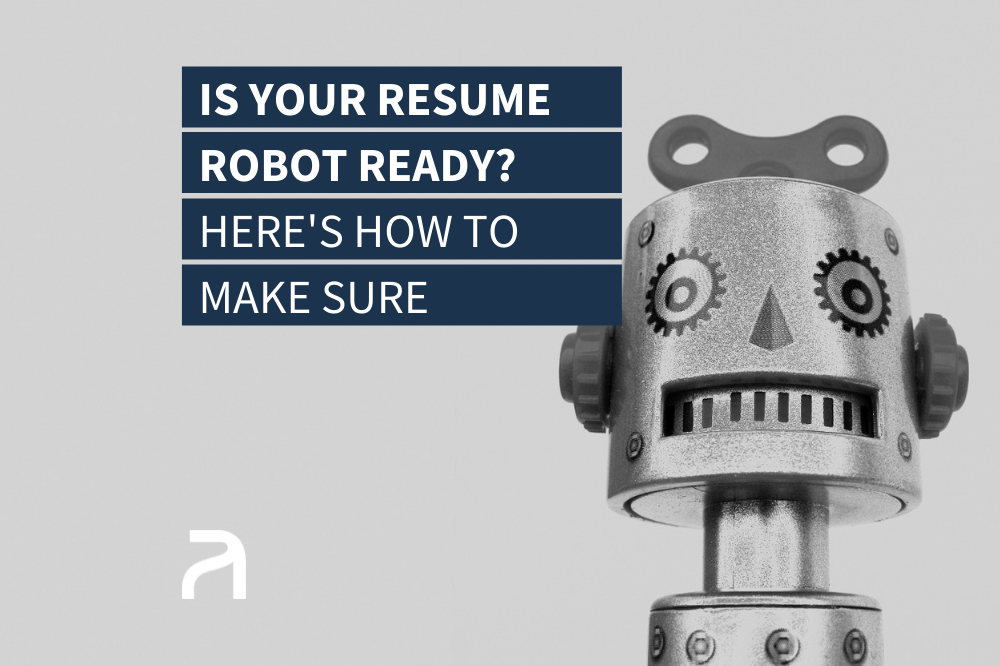
What does your resume need to include to be bot friendly?
If you haven’t read "bots are your friends" you should probably start there, this article will make more sense.
Let's start with parsing your resume. To create your dataset, the software will be extracting a bunch of obvious information to push into the recruitment software. Name, address, phone number, email address etc. This is so it ensures the software and you are getting the most out of your resume, its worth taking some time to review the structure of you current resume.
The software used is kind of clever, and will be looking at the structure of the document to best map the data. As a rule most people follow the layout they were taught when they created their very first resume, or use a word template or copy one from the internet. Mostly all resumes are structurally similar.
Your resume does not need to look like a generic version of a word template, believe it or not, you can produce cleverly designed documents with imagery for parsing. Your creativity will not be compromised, so long as you hit most of the key heading this type of software is expecting.
Two rules for creatively designed resumes:
1. Save you PDF as a "Content PDF".
2. Ensure the elements on the page are defined as text and image.
If you lock your resume as an image PDF, the software will not be able to read it to create your data set. Also you should make sure that it can differentiate between images and text elements on the page.
Can I include folio pieces in my resume?
The answer is yes, if you want to get the most out of doing this annotate each project with a description of the brief, your job title, a description of the project (brief) and any skills you may have used on the project. E.G. Art Direction, digital strategy, food styling, project coordinator, concept design, photography supervisor.
This is not only good for the software, but if your resume lands on the desk of a HR manager with no creative skills they can at least get an overview of your abilities based on your creative work.
So if it isn’t already obvious, here are the data headings most parsing software products are looking for:
Name, Address, Phone number, email address.
You can include your social media profiles and personal websites such as LinkedIn profile, Instagram (for your work not your pleasure), personal website details, or a website that hosts your folio.
Its your choice to add a Summary or Objective section. In your Summary clearly list out the key skills you have that are relevant to your work history. Alternatively, if you put in an Objective section then ensure you have the job title of the job you are looking to get into, and again list your strengths as key skills for this job title. Objective can be aspirational.
Education, list the obvious, and add in any short course you may have completed. All info is good info.
You don’t need a work history overview, just start with your most recent job and work backwards. Actually the bots don’t care what order the data is in, just so long as it can map it.
What is listed below is for each job, you don’t need to follow each of these heading so long as you include the relevant information within each job instance.
Your Job Title:
Company name:
Employment dates from - to
Industry:
Job Duties/responsibilities:
Management Level:
Skills: You can repeat this as a complete set a the end of your resume.
And that is pretty much it. Again as I mentioned in "bots are your friends" the software algorithm will perform a workflow to match your data with the requirements of the role you’ve applied for by hitting these titles your data will be best mapped to ensure you’ve put forward the your best application.
You can also read "Update your LinkedIn profile with A.I.D.A. principles", to ensure your LinkedIn profile is working the best way for you.